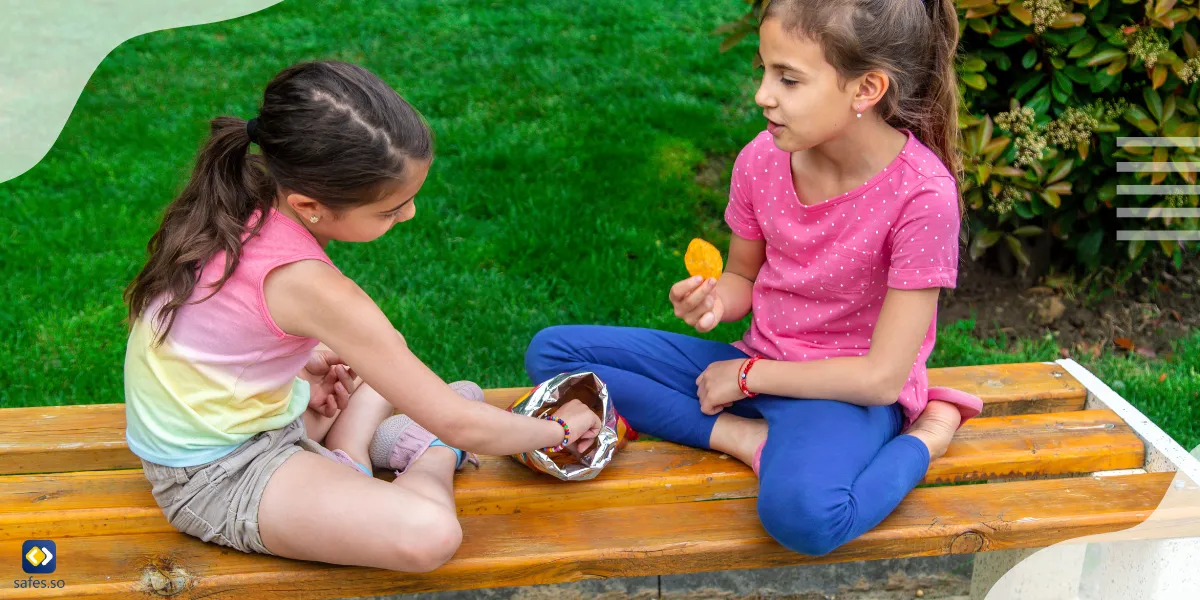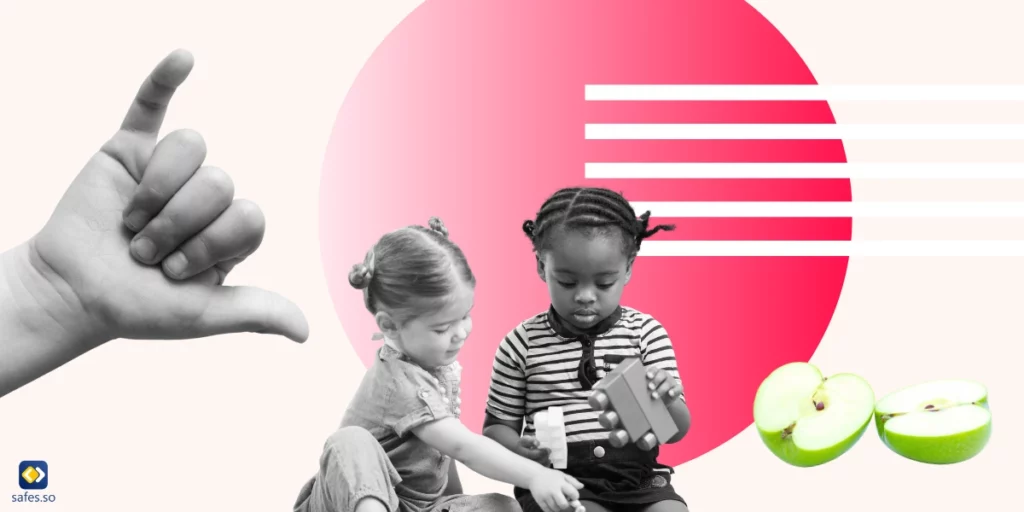Sharing and turn-taking are important social skills that children need to learn to make and keep friends, play cooperatively, take turns, negotiate and cope with disappointment. These skills are critical stepping stones on the way to more complex social interactions. Children get better at sharing as they learn to manage emotions and see other points of view. Some common challenges parents face in promoting sharing and turn-taking include young children’s egocentric nature which can make it difficult for them to understand and share with their friends. Children may also struggle with waiting for their turn, especially younger children. It’s a good idea for parents to stay nearby when their child plays with other children and encourage their child so they don’t forget to share. When the child does try to share, parents can say exactly what the child did well and how proud they are. In this blog we will introduce some activities to promote sharing and turn-taking.
Download and Start Your Free Trial of the Safes Parental Control App
Strategies For Promoting Sharing and Turn-Taking
There are various strategies that can be used to promote sharing and turn-taking in children.
- Use positive reinforcement: Praise your child when they share or take turns. This will encourage them to continue doing so. This way you can eventually develop an authoritative parenting style.
- Model sharing and turn-taking: Children learn by watching their parents. If you share with your child and take turns with them, they are more likely to do the same with others.
- Set clear expectations: Let your child know what you expect of them when it comes to sharing and taking turns. For example, you could say “We take turns with the toy” or “It’s your sister’s turn to play with the toy now”.

Examples on How to Teach Kids to Share
Here are some activities to promote sharing and turn-taking that parents can do with their children:
- Play games that involve sharing and turn-taking such as board games, card games, and puzzles.
- Use books as a springboard for discussion and activities related to sharing and turn-taking. For example, you might read a book about two friends sharing a toy, and then have your child act out the story with two of their own toys. As they play, you can encourage them to take turns with the toys.
- Cooking with your child can be a great activity to practice taking turns. While you’re mixing the batter for muffins, stop and see if your toddler would like a turn.
- Use positive reinforcement when your child shares or takes turns. Praise your child when they share or take turns. This will encourage them to continue doing so.
- Model sharing and turn-taking by sharing with your child and taking turns with them. Children learn by watching their parents.
- Use smartphone apps to teach them turn-taking. Just be aware of the negative effects of using the internet and technology excessively.
If you want your kid to be able to use smartphone apps to learn how to share but also want to keep them at bay of the dangers of the internet, download Safes. This is a parental control app that offers features like limiting screen time and restricting inappropriate content. Its app is free to download for Android, iOS, Windows, and MacOS.

Discussion on the Benefits of Sharing and Turn-taking
Sharing and turn-taking can benefit children’s social, emotional, and cognitive development in many ways. Here are some examples:
- Social development: Sharing and turn-taking help children make and keep friends and cooperate with people. The social and emotional skills involved in learning to share and take turns can actually enable children to form positive relationships and strong friendships, interact confidently with others, and ultimately become confident and capable citizens in society.
- Emotional development: Children who learn to share and take turns are better able to manage their emotions. They learn to be patient, wait their turn, and deal with disappointment when they don’t get what they want right away.
- Cognitive development: Sharing and turn-taking require children to think about others’ needs as well as their own. They learn to see things from other people’s perspectives, which is an important part of developing empathy.
Develop Sharing and Turn-Taking Skills at School
These skills can translate to other areas of life, such as school and friendships. For example, children who are mentally healthy tend to be happier, show greater motivation to learn, have a more positive attitude toward school, more eagerly participate in class activities, and demonstrate higher academic performance than less mentally healthy children. Children who learn to share and take turns are also more likely to be successful in group projects at school.
Conclusion
The main message of this blog is that sharing and turn-taking can benefit children’s social, emotional, and cognitive development in many ways. Parents can encourage these skills by doing activities to promote sharing and turn-taking that involve sharing and turn-taking like using books as a springboard for discussion and activities related to sharing and turn-taking, cooking with their child, using positive reinforcement when their child shares or takes turns, and modeling sharing and turn-taking by sharing with their child and taking turns with them. These skills can translate to other areas of life, such as school and friendships. We encourage you to try these suggested activities and strategies to promote sharing and turn-taking in your children.
Your Child’s Online Safety Starts Here
Every parent today needs a solution to manage screen time and keep their child safe online.
Without the right tools, digital risks and excessive screen time can impact children's well-being. Safes helps parents set healthy boundaries, monitor activity, and protect kids from online dangers—all with an easy-to-use app.
Take control of your child’s digital world. Learn more about Safes or download the app to start your free trial today!




